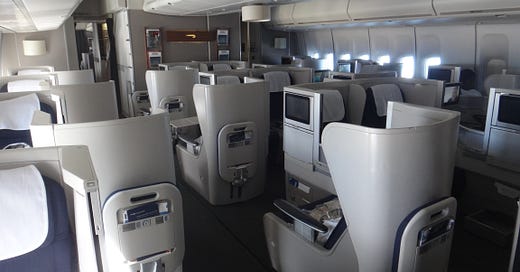Will Club World fares go up?
British Airways has a new deal for their co-branded credit card holders – but as a result cash fares may rise for some
People who spend £10,000 a year on a co-branded BA Amex are rewarded with a 241 voucher. It is a great deal – for only half the usual Avios I took my family to Hong Kong in 2018 and Singapore in 2019. First class of course. But now the deal has got even better – people using the voucher to redeem in Club World can access extra seats that would usually o…



